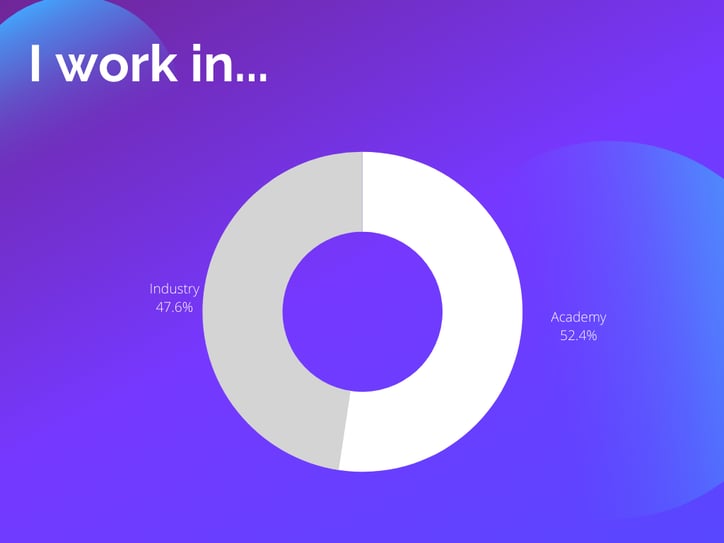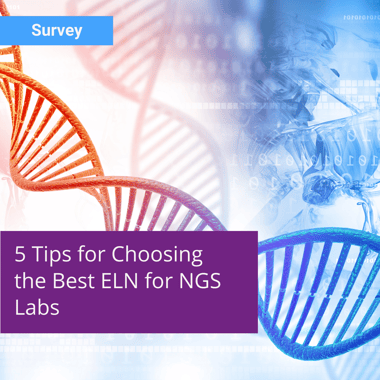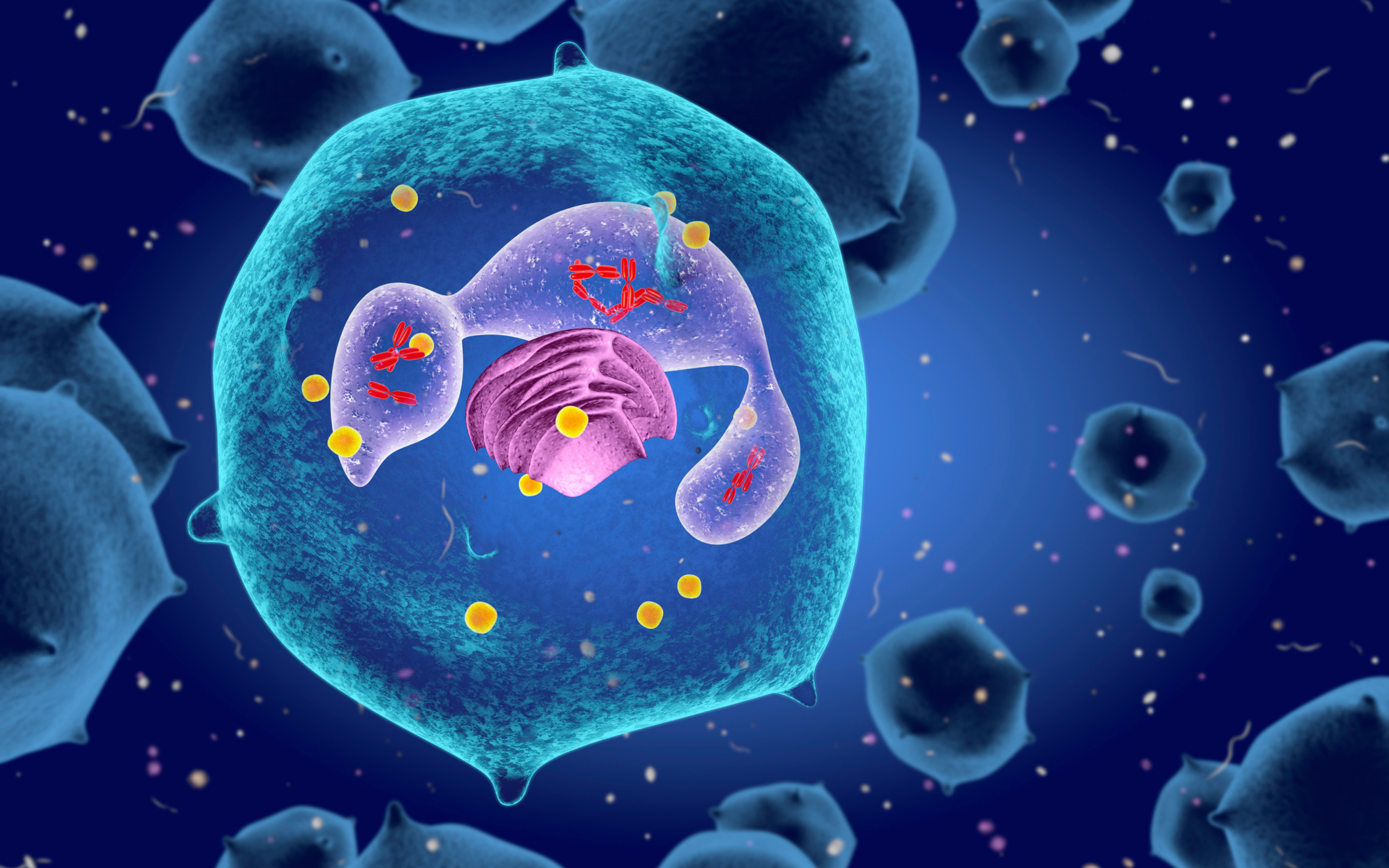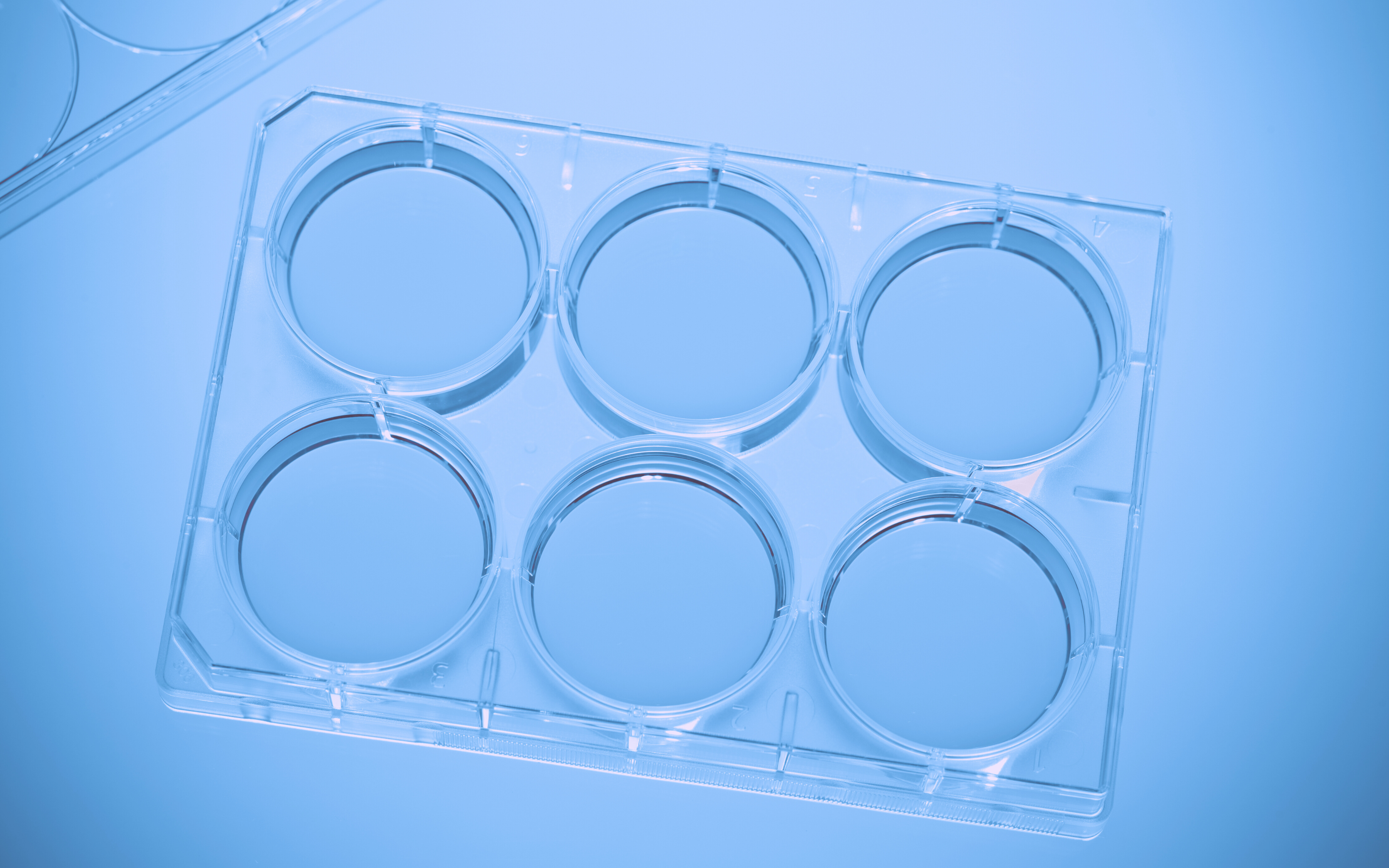We asked 95 scientists in the field of NGS (Next Generation Sequencing) about the difficulties they face in the NGS process. Among the resoponds were people working in both academia and industry, and who use various different NGS procedures.

We asked the scientists what is the most challenging element in the NGS process performed in their lab. It turns out that for most of them, the challenge lies in the data analysis (70.53% of participants picked it among their answers) and in logistics (sample management - 29.47%, data centralization - 38.95%, information preservation - 17.89%, communication with other team members - 15.79%, process structuring - 15.79%, and equipment scheduling and management - 10.53%).
So, how do you pick the best ELN to answer these needs?
Data Analysis
As we can see in the survey results, the main challenge that most NGS labs face is data analysis. The best ELN for NGS researchers will include a laboratory informatics system that can integrate with genomics instruments and collect high quality data, as well as integrate with your personal analysis programs. Prefer softwares that can run tests on data directly from the ELN, to keep it centralized and tied together to the rest of your research.
Storage and Sample Management
Look for a software that offers customizable storage tracking. The best ELN should be able to track supply expiration dates and amounts remaining in inventory, as well as fully track samples, aliquots and derivatives. This will help you keep an organized storage, and in so doing save you time and money.
Read more about how to use a lab manager software to keep your research organised here.
Equipment Management
Another problem we see in the survey is equipment scheduling. Look for an electronic notebook that lets lab members schedule equipment sessions. An additional useful feature in an ELN is the ability to set the required maintenance types and frequency for each instrument, and track the performance of said maintenance events.
Data centralization
We asked the participants additional questions regarding data centralization and teamwork.
The results were surprising: 50% said that they don’t have a centralized place to follow the information of previously sequenced libraries in the lab, and 61% said that it is likely that a lab member will sequence a library similar to one that was already sequenced in the lab in the past.
This leads us to another important point. The best ELN for NGS labs should create a shared workspace for research laboratory management, where lab members can easily track every library that they sequence, and review those previously sequenced by other members. It should also allow direct communication between team members, with the option to notify about due tasks.
Sequencing involves many files, some of which are very large. Look for an ELN that can save large files within the system.
All-in-One software
We asked the scientists about the systems currently used in their laboratory.
These results show us that many laboratories use separate tools for different functions. This can lead to loss of information and messy structuring. When choosing digital tools for your NGS processes, we recommend searching for one system that includes all your requirements in one: ELN for recording research data, task management, storage and inventory, equipment scheduling and maintenance, and analysis. This will prevent information loss and create an effective workflow.
To Learn more about how Labguru can help you with NGS research management, click here:


%20(4).png)

